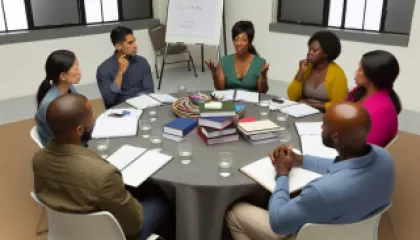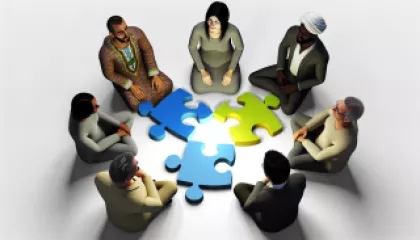Impact of Aging on Self-Esteem: A Comprehensive Study
1 year ago
Aging and Self Esteem
Overcoming Family Feuds: My Journey to Peace
1 year ago
Family Conflict Resolution
Top 10 Time Management Techniques for Busy Professionals
1 year ago
Time Management
Understanding Recovery: A Review of Emotional Abuse Healing Research
1 year ago
Healing from Emotional Abuse
Mindfulness vs. Meditation: A Step-by-Step Guide to Understanding the Differences
1 year ago
Mindfulness vs Meditation
Mastering the Mindset: My Journey to Embracing Success Psychology
1 year ago
Success Psychology
How Can You Effectively Manage Holiday Stress?
1 year ago
Holiday Stress
Unraveling the Psychology of Belief: Why We Hold Our Convictions
1 year ago
Psychology of Belief
Breaking Barriers: An Interview with a Diversity Expert on Confronting Bias
1 year ago
Confronting Bias
10 Psychological Effects of Music on the Human Brain
1 year ago
Psychology Of Music
Mastering the Art of Overcoming Resistance: A Comprehensive Guide
1 year ago
Understanding Resistance
Sparking Change: My Journey to Inspire and Motivate Others
1 year ago
Motivating Others
Comprehensive Guide to Overcoming Panic Attacks
1 year ago
Panic Attacks
The Crucial Role of Trust Building in Strengthening Relationships
1 year ago
Trust Building
10 Effective Strategies for Resolving Relationship Conflicts
1 year ago
Navigating Relationship Conflicts















